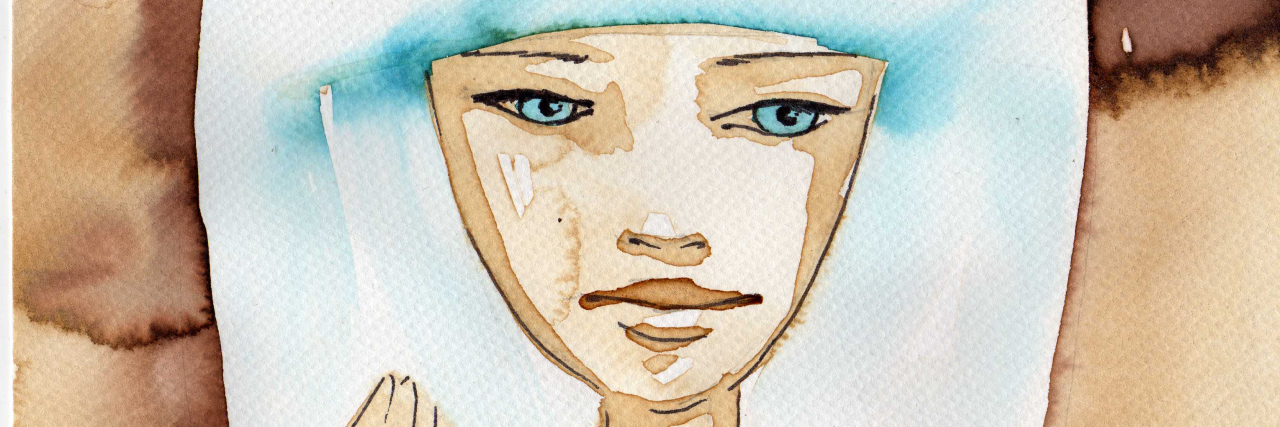When you think of eating disorders, what do you think of? Maybe if you or someone you know is struggling with an eating disorder, you’ll be reminded of that eating disorder and the hurt it can cause. But for people without an eating disorder and without much experience or knowledge on eating disorders, it’s quite likely that the only eating disorders they’ve ever really heard of are anorexia and bulimia. It’s completely understandable, because those are the eating disorders that are most commonly talked about openly; and although they are both very serious eating disorders, people with other specified feeding and eating disorders (OSFED) are still struggling. This disorder is serious and needs to be recognized.
If you’re not familiar with OSFED, here are some facts:
- OSFED stands for other specified feeding or eating disorder, but was previously called EDNOS, meaning eating disorder not otherwise specified.
- OSFED is the most commonly diagnosed eating disorder in adults and adolescents.
- Around 30 percent of people with an eating disorder are diagnosed with OSFED.
OSFED is defined as a feeding or eating disorder that doesn’t quite meet the diagnostic criteria of another eating disorder. This could mean that someone struggling with OSFED has all the symptoms of anorexia, but doesn’t quite meet the weight criteria for anorexia; or may show symptoms of binging and purging, but not frequently enough to meet the diagnostic criteria for bulimia; or might exhibit behaviors found in both anorexia, bulimia and binge eating disorder (BED).
The lack of awareness around OSFED can have an upsetting and sometimes fatal impact on those struggling, especially in those who exhibit behaviors and symptoms of both anorexia and bulimia. Electrolyte imbalance, cardiac problems, a ruptured esophagus in those who purge food, laxative and/or diuretic addiction, re-feeding syndrome, malnutrition and poor blood flow are just a few of the health complications someone with OSFED might face.
Along with all of these, the damage OSFED can have on someones appearance is often contradictory to the way eating disorders have been glamorized for so long. Decaying teeth, brittle and damaged hair, blue fingernails from cyanosis and easy bruising are some of the ways OSFED may affect physical appearance. Someone with OSFED may also (but not always) struggle with body dysmorphic disorder (BDD), because OSFED can affect the way someone looks at themselves.
OSFED can also have an effect on mood, and just like many other eating disorders, those struggling with OSFED are at a higher risk of depression — half of all anorexia-related deaths are from suicide. That is why all eating disorders desperately deserve and need more social awareness and education.
So why is OSFED a lesser known disorder? It is just as important as any other eating disorder, from anorexia to binge eating disorder. Those struggling have real experiences and are at risk — just like anyone else with an eating disorder. That is why I think this is such an important subject to talk about; both to help those struggling be heard, and to help people recognize the signs and know just how serious OSFED can be.
“I guess due to what we barely ‘learned’ about eating disorders in school, none of us really feel ‘sick enough’ or valid, simply because we’re not diagnosable as clearcut anorexics or bulimics,” one person struggling with OSFED told me when asked about her experience. “My biggest concern is the death risk in people with the disorder, because we cycle through periods of restriction and binging and purging, so [I] could maintain a healthy weight until [I] just drop dead one day.”
Weight does not always determine how badly someone is struggling, and nobody should have to die from an eating disorder to make people realize that.
Follow this journey here.
If you or someone you know is struggling with an eating disorder, you can call the National Eating Disorders Association Helpline at 1-800-931-2237.
We want to hear your story. Become a Mighty contributor here.
Getty image via bruniewska

